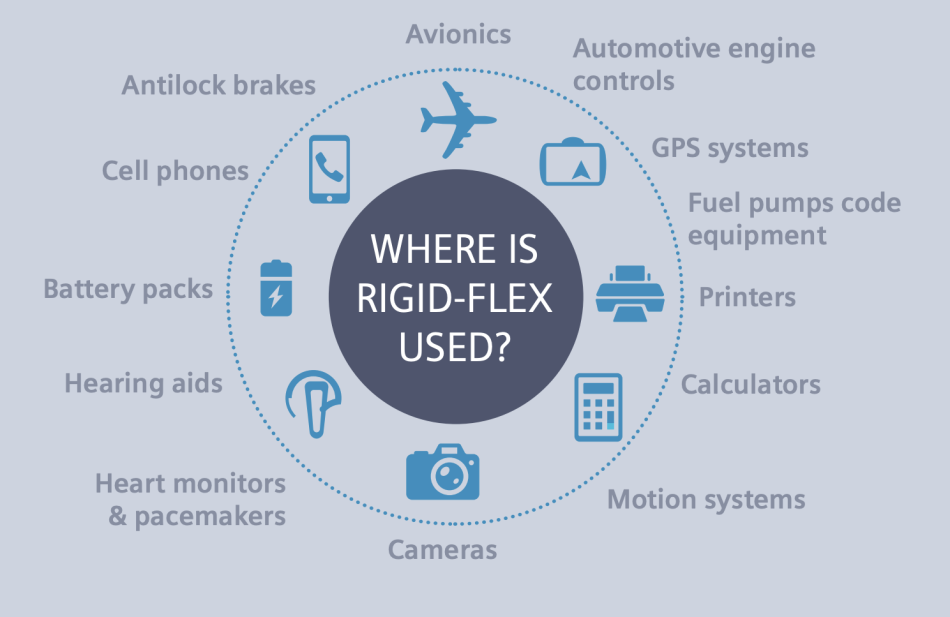Rigid-flex: get the book for an inside view
Rigid-flex technology is in increasing use for PCB design. It offers many advantages on projects that must be compact, lightweight and flexible – or any combination of them. The Internet of Things is one leading driver for the its use, but its appeal stretches across multiple markets, including consumer, wearables, automotive, mil/aero, medical and more.
The growth is notable. Zion Research found that global demand for the flexible electronics
market was $5.13B in 2015 but grew to $16.5B by 2021. That represents a CAGR of slightly above 21% over the period. It is expected to increase further to $24.8B by 2026.
Shifting to adopt rigid-flex design is also common to a considerable number of successful projects. Research by the Aberdeen Group has found that “best-in-class companies are 31% more likely to use PCB design tools that support advanced fabrication technologies including rigid-flex.”
If you have not yet adopted the technology or in the process of refining how you use these new techniques, a new e-book offers a starting point. Meeting the demand for Rigid-flex
PCB design sets out the various advantages and markets, and how the challenge of adoption can be addressed in the context of the market-leading PADS Professional suite from Siemens EDA.
The book is free to download and available here.
